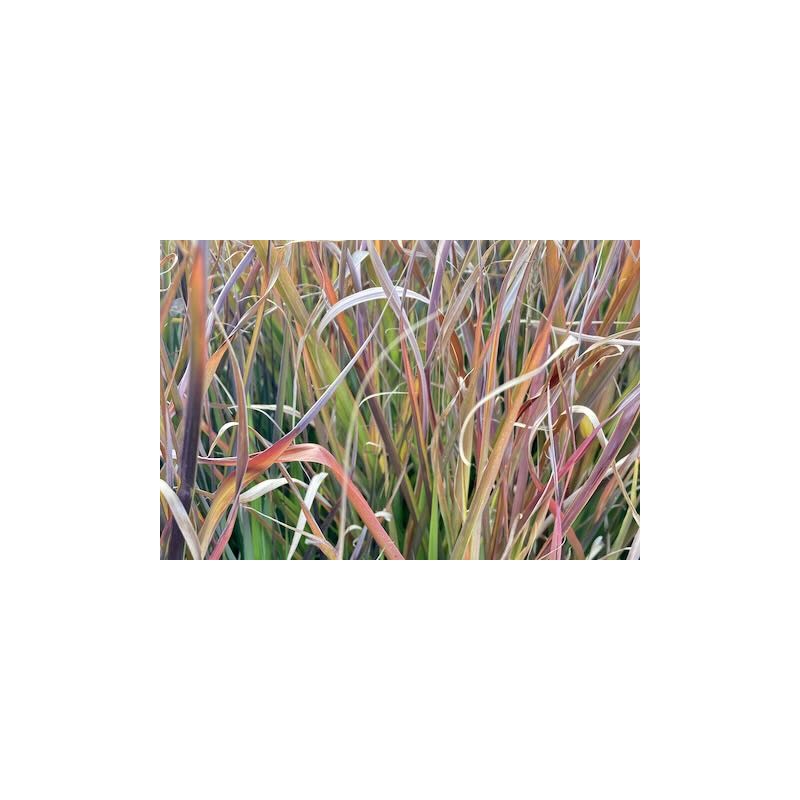
Verbena bonariensis
Late summer filler for perennial border, flowering from summer into winter. An easy plant that will in fill nicely between penstemons, euphorbias and dahlias. Dead head to prolong flowering, purple flowers on tall airy stems.


Lowest growing of all the miscanthus, at around knee high, a very versatile and useful foreground filler that wont seed, and looks great with sedums, echinacea, salvia and rudbeckia. Winter foliage has pretty rusty pink tones. Give it nice soil, being a smaller one its fast growing as the big ones.
Lowest growing of all the miscanthus, at around knee high, a very versatile and useful foreground filler that wont seed, and looks great with sedums, echinacea, salvia and rudbeckia. Winter foliage has pretty rusty pink tones. Give it nice soil, being a smaller one its fast growing as the big ones.
Data sheet
Late summer filler for perennial border, flowering from summer into winter. An easy plant that will in fill nicely between penstemons, euphorbias and dahlias. Dead head to prolong flowering, purple flowers on tall airy stems.
Pretty variety with numerous sprays of lilac flowers, very prolific in autumn.
A softer apricot colour than the regular brighter tangerine variety, flowers for much of the year in fertile heavier soil types.
A dark flowered seedling I selected at Richard Bramleys "Farmyard Nursery" in Wales. An improvement on "Moerheim Beauty", with deep orange red flowers in mid to late summer.
White flowered low spreading ground cover for full sun preferring loose drained soil types. Useful for foreground and border plantings.
Spectacular summer flowering salvia for bedding and foreground plantings, frost hardy and perennial. Cut to ground in winter.
Attractive deciduous specimen shrub, new growth is pink and green which becomes transforms to burgundy and flame red as the season progresses into autumn. Drought and frost hardy, slow growing.
Clumping plant liking moister soils in woodland and part shade or morning sun. Attractive whorls or pink flowers amongst good foliage. Likes growing with Siberean iris, ligularia, and astilbe.
A bushy low growing variety with good blue flowers, ideally planted as path edgings or massed beneath roses or in grouped foreground plantings amongst other perennials. Repeat flowers well, so chop hard after first flowering to freshen up and will repeat flower 4 weeks later.
White hydrangea, rounded clusters, vigorous and long flowering, colour not effected by soil pH.
A recent release from our trial beds, begins as brighter musk pink then fades to soft pink then eventually cream, subtle and lovely and multicoloured tones as the flowers age. Easily cultivated like other yarrows in full sun.
Remarkable silver foliage plant, with vigourous trailing groundcovering habit; suits hanging basket or drystone wall. Extremely tough and adaptable.
Very pretty pale pink variety, mounding habit a bit over knee high for sunny position on drained soil. Trim after flowering to keep compact.60
Sculptural rosette forming succulent, attractive in a pot, border, or rock garden setting. Prefers part shade during really hot periods, otherwise drought hardy. Wild populations now endangered so please nuture these in your garden.
A wonderful lime green variety, which visitors always comment on when in flower. A tidy plant that flowers for a long time and doesn't get too tall for the border.
Select large flowered form of the species, vigorous and long flowering. Medium height bushy plant, earlier than asters but works to same effect amongst other perennials.

Lowest growing of all the miscanthus, at around knee high, a very versatile and useful foreground filler that wont seed, and looks great with sedums, echinacea, salvia and rudbeckia. Winter foliage has pretty rusty pink tones. Give it nice soil, being a smaller one its fast growing as the big ones.